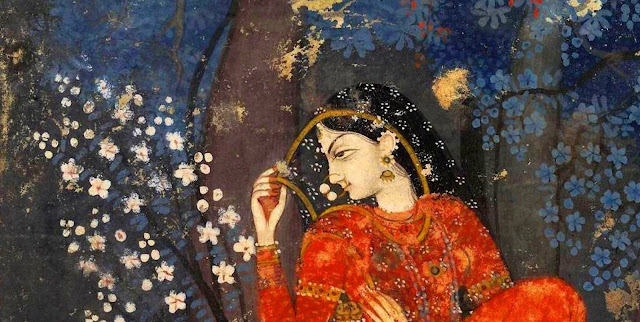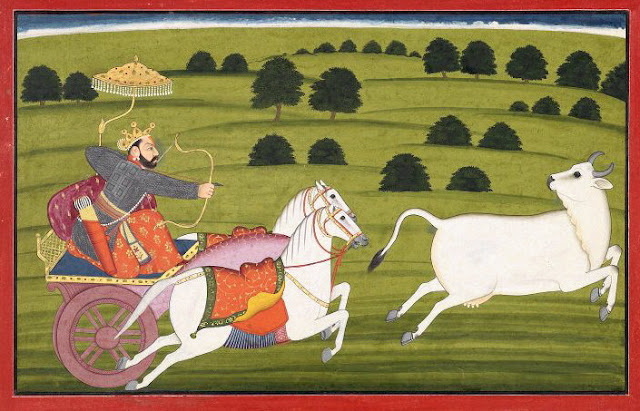Bhakti Sandarbha 325 : Rāgānugā Bhakti is Predominantly Performed to Kṛṣṇa in Vṛndāvana

The Bhakti Sandarbha texts that appear here are not the official version , which still has to go through more editorial changes. It represents the state of the work after I have looked at it and made my changes. The Jiva Institute edition of the Bhakti Sandarbha should be finished and published later this year, and also made available in electronic form soon thereafter. This is only meant to give a foretaste, but better not to quote or use it. Thank you. N.B. E-books are now available from jiva.org, as are the other first four Sandarbhas . Also anyone interested in taking Sanskrit with me or participating in the continuing Jiva Tirtha course (Oct. 2020) can register here . Remember that the Jiva Tirtha courses with Satyanarayana Dasaji are ongoing. You can also take beginner or advanced Sanskrit with me. Registration is now open. The opportunity to study with an extraordinary Vaishnava scholar like Babaji in the holy dham of Vrindavan is unequaled anywhere in this worl


